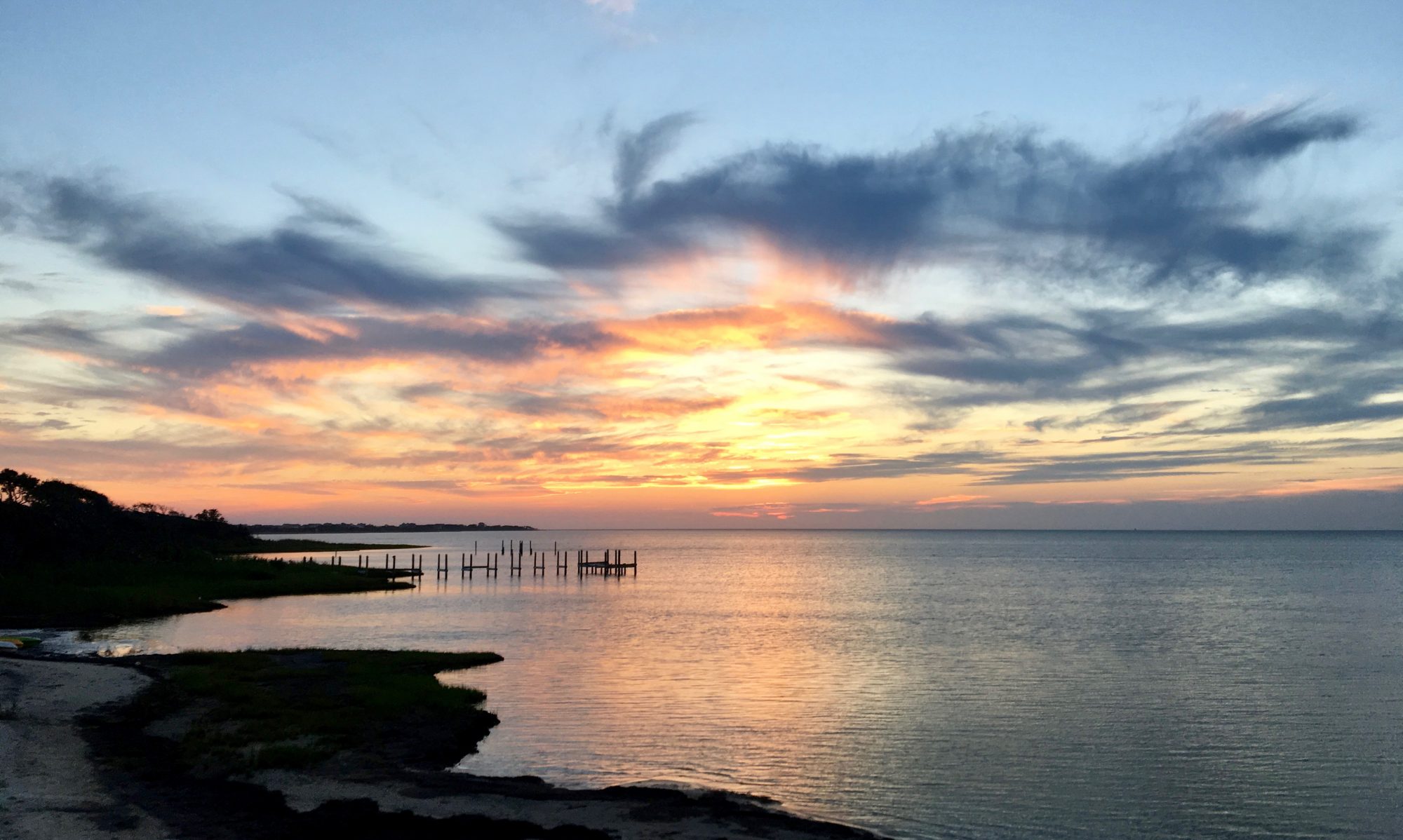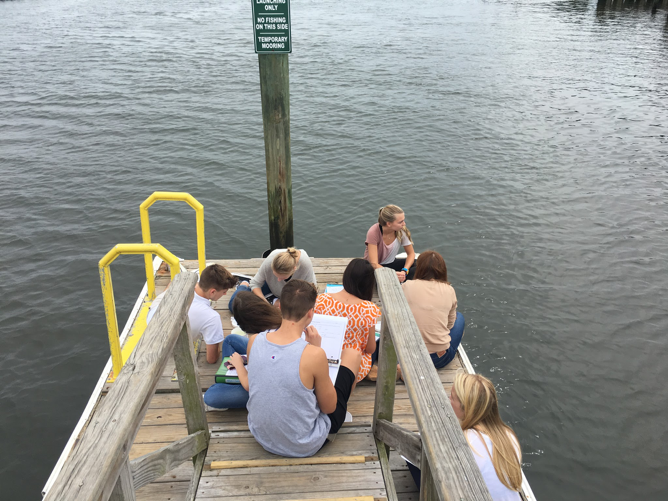By Guest Contributor Keni Rienks, high school teacher at Cape Fear Academy in Wilmington, NC.

North Carolina has spent its share of time in the media forefront lately, and thanks to Hurricane Matthew it will continue to make headlines for a bit longer. Extending from the Appalachian Mountains through the Piedmont to the coast, North Carolina’s variety of environments make it an intriguing and characteristic part of the United States’ southeast corner. As a high school environmental science teacher in Wilmington, I tend to gravitate towards curriculum centralized around our estuaries and watersheds. Being at the mouth of the large Cape Fear River Basin provides opportunities for me and my students to share experiences regarding freshwater ecosystems as well as the complexity and importance of our barrier island and estuarine habitats. One of my most rewarding and impactful lessons is working with my students in water quality tests and monitoring.

The Advanced Placement Environmental Science topic list requires students to acquire knowledge of and experience in water quality, which I aim to personalize for the students. The majority of my student body lives well within a short drive of the ocean, and many of them spend a lot of time in and on the water. We travel in the fall and late spring to various locations on the Intracoastal Waterway and the Atlantic shoreline to perform a series of biological, chemical, and physical water quality assessments. The research process begins with students accessing the published 2015 Environmental Quality of Wilmington and New Hanover County Watersheds, by Dr. Michael A. Mallin and Matthew R. McIver from UNCW’s Center for Marine Science. Dr. Mallin’s advice and communications have been a key component in my teaching and students’ content acquisition regarding the importance of monitoring the health of our local water system.
The City of Wilmington’s Stormwater Education Program Manager, Jennifer Butler, is also a great advocate for storm water education. Ms. Butler oversees the “Heal Our Waterways” program with coordinator Geoff Goss. Mr. Goss monitors two particularly impaired sub-watersheds, and he heads a community outreach program aimed to educate residents within the watershed about protection and monitoring (and, hopefully, the eventual healing) of the watersheds. Many of my students live within these particular areas, so I have integrated the “Heal Our Waterways” curriculum and resources into my AP Environmental Science Classroom. This program’s materials help teachers provide students with an applicable, real-world experience. Being able to monitor and study the water quality of these waterways is a great opportunity for citizen science.
The week before Hurricane Matthew hit the Cape Fear region, a group of 50 high school juniors and seniors performed a series of water quality tests on the Atlantic Intracoastal Waterway in an area that is at the mouth of Whiskey Creek. This creek is within a higher-end residential area with an upscale marina, and it is also a public park and boat launch. Students examined the presence of fecal coliform, dissolved oxygen, pH levels, nitrates, phosphates, biochemical oxygen demand, and salinity. They then compared their data with the 2015 Environmental Quality of Wilmington and New Hanover County Watersheds report, and composed an official laboratory report for a grade. Results were then shared with Dr. Mallin and the City of Wilmington.

At the time of this writing, we are one week past the hurricane, but water and contaminants from the floods are still streaming down the Cape Fear River Basin and into our estuary. Though I haven’t yet taken students to test sites, I have brought buckets of water into the classroom for testing and comparison for a pre- and post-hurricane assessment. Within the next 3 weeks I plan to get students to the test sites or at least get water into the classroom for examination. While the storm impacts are unfortunate, this is a tremendous opportunity for students to be taking real data, from real situations, and reporting it to real people!

As a high school teacher I am so appreciative of the resources and opportunities from local scientists and organizations that can make what I do in the classroom applicable and real to the students. Tapping into your local schools and science teachers are a great way to apply high quality citizen science!
Keni Rienks is a high school teacher at Cape Fear Academy in Wilmington, NC. Her classes include AP Environmental Science, Honors Physics and Botany. This past summer she served as the Communications Co-Chair for the 4th International Marine Conservation Congress in St. John’s, Newfoundland, sponsored by the Society of Conservation Biology’s Marine Division.
Editor’s Note: This story is the first contribution to the TCS Storm Stories series. Due to recent hazards events, Hurricane Matthew and the Baton Rouge Flooding, we want to know how it is affecting you personally and in your work. There’s been lots of attention by national media outlets like NPR story Hurricane Matthew Took a Big Bite Out of Southeastern States’ Beaches but since we are a society of coastal professionals for coastal professions we think we should do our own reporting. Sharing experiences and lessons within our network is what we do best.


